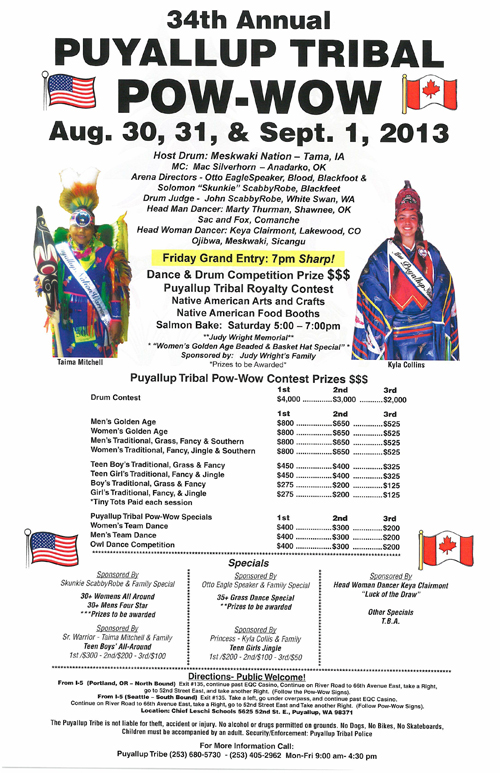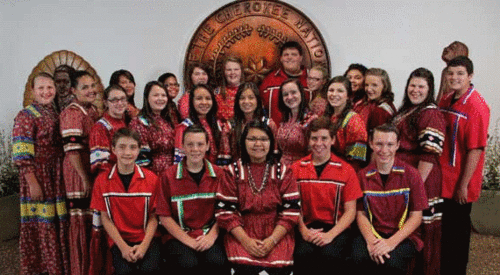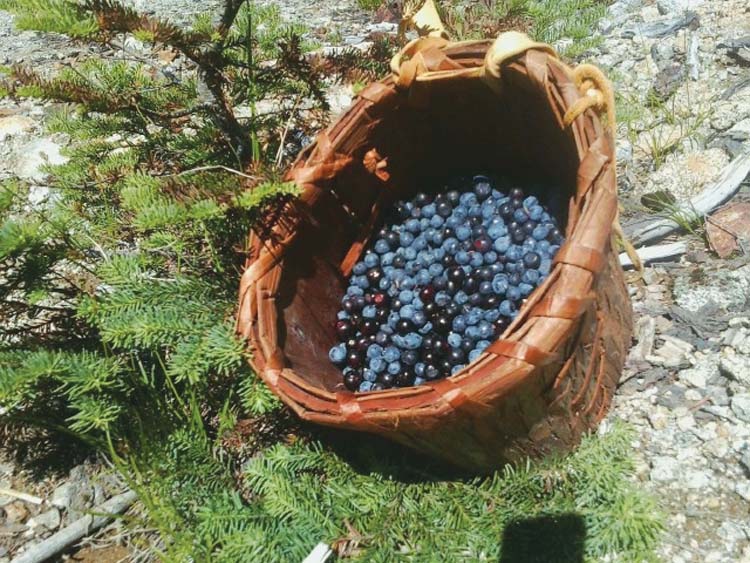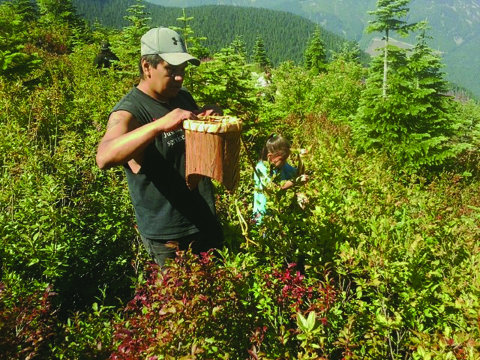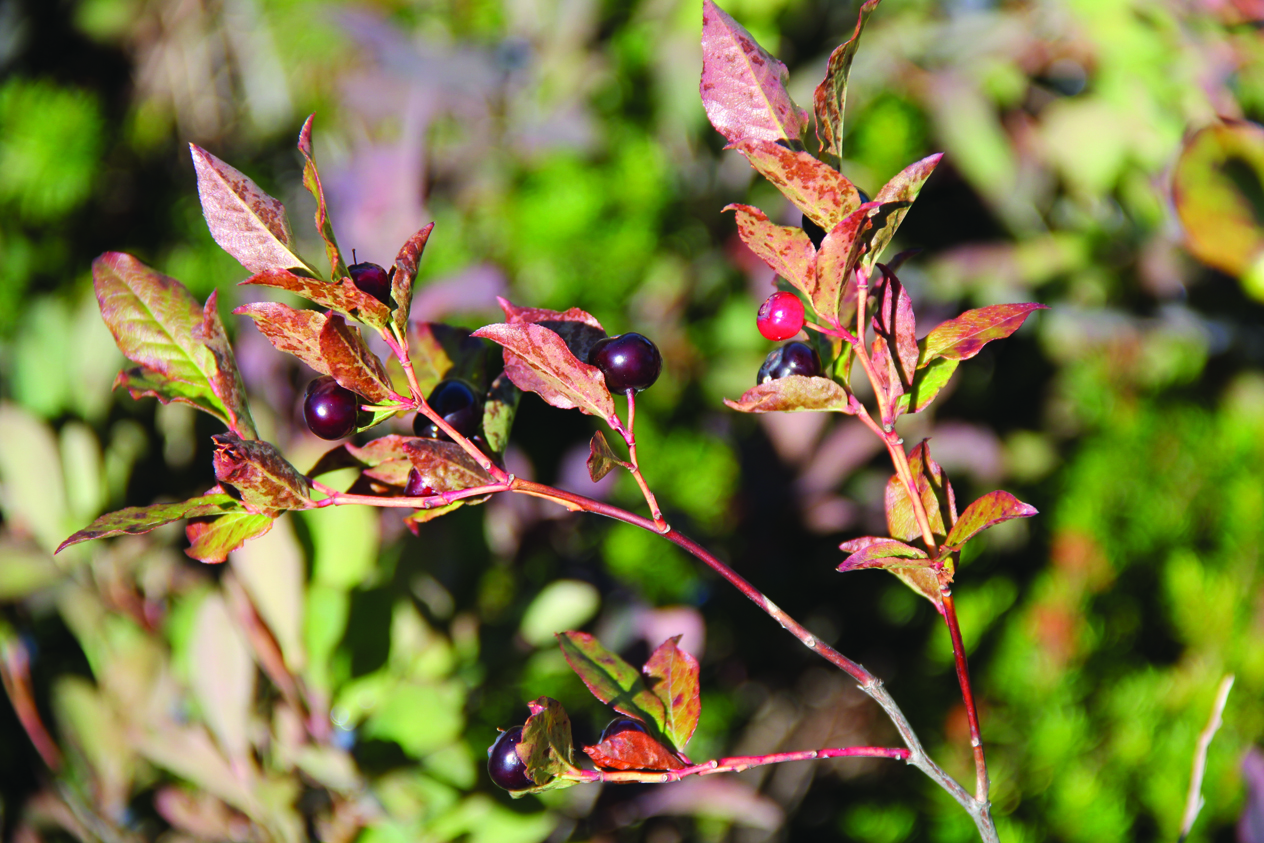Gyasi Ross, Indian Country Today Media Network
Television, Edward Curtis photographs and romance novel covers have collectively painted the accepted images of Native people.
As a result of these images, a lot of peoples’ image of a Native person is that of a person who rides horses, comes from one of the Dakotas or Montana, and dances with wolves at pow-wows. Heck, even many Native people have the Dances With Wolves image embedded in our own heads (thus why the Hollywood Indian-complex consists of guys walking around LA and Santa Fe with their hair flying about, John Redcorn-style, because presumably that’s what casting agents/hippie chicks are looking for. NOTE: Skins on the Plains do not wear their hair like that!! It’s too damn windy!), and so the default “Native” image is that of a pow-wow dancer, Plains Indian-style.
I grew up at pow-wows; they are beautiful, important and fun (oh the stories I could tell!).
Yet, if you don’t have that look or participate in those pow-wows, folks question your credibility as a Native person. And pow-wow dancing/Plains-style phenotype is definitely a very valid expression of pan-Native culture (I submit that almost every Skin who was raised in a Native family has been to a pow-wow at some point!), yet it is not the only expression of pan-Native culture.
Random White Guy At Pow-wow to His Wife: “Gee honey, that doesn’t look like any Indian I’ve ever seen.”
Random White Guy’s Wife: *thinking* Yes, you’re right. Because if he looked like any of the ones that I’ve seen on my romance novels, he would be big and brown and muscular and on a big ol’ horse…and he’d pull me away and hold me captive! “No, he doesn’t honey.”
One such pan-Native event that has been growing in popularity and is redefining what it means to be, look, and celebrate being Native is something called “Tribal Journeys” on the Pacific Northwest Coast. Like pow-wows, Tribal Journeys blends many Northwest coastal, New Zealand, Canadian and Alaska Native tribes, tribal practices, songs, dances and foods into a pretty amazing stew and makes something beautiful out of it. The Journey began in 1989 as equal parts political protest, but also an attempt to recapture parts of the Coastal Native way of life that have been overlooked and/or forgotten for a long time. Also, like pow-wows, Tribal Journeys had very modest beginnings, and has steadily gotten bigger and more structured every single year; the host Tribe incurs a lot of expense putting this huge event together that attracts over 15,000 people a day to the host community. Whereas the original “Paddle to Seattle” had 18 canoes, now there are over 100 canoes that make the trek.
It’s grown. And is growing.
Like most truly unique events, words don’t do Tribal Journeys justice. Yet, here’s the basic idea behind it: Tribal Journeys retraces the paths, practices, and protocols of those that went before us, seeing through the eyes of our ancestors. As Chief Si’ahl (commonly referred to as “Seattle”) said, “Our religion is the traditions of our ancestors.” This happens by individual families canoeing from one Native homeland to the next, asking permission to enter those homelands. Historically, it was very important to ask permission and to state whether you were friend or foe—if not, there could be very serious consequences. There are many canoe families on Tribal Journeys—this is historically correct since one tribe could have many different canoe families, since many Native communities were not simply one community. Instead, most “tribes” had many villages and smaller sub-groups that usually spoke a common language.
There are many stops during this Journey. The travelling time of the journey is anywhere from a week to two-and-a-half weeks. Every single tribal homeland you pass, you ask permission and come ashore. Once ashore, that particular Native community takes care of you, feeds you and gives you someplace to sleep (camping style!!). That night, there’s an exchange of songs, dances and stories in a time called “protocol.” Of course, this isn’t the traditional name for this time or practice, yet this English name is appropriate because it implies a time of order, to pay attention and give thanks. While the Tribal Journeys itself was created in 1989, the protocol portion of the event is a variation of the ancient coastal tradition of potlatching.
There is a goal, a final destination. Ultimately, all the canoe families will gather at a place (the host Tribe) where a whole bunch of Natives gather together and party (in a safe, respectful and drug and alcohol free way) for a week or so…exchange songs, dances, speeches, and generally have a good time. During the immediately past Tribal Journey, the host Tribe—the Quinault—took the Journey back to its potlatch roots and let the protocol go around the clock. Also, like the ancient potlatches, the Quinault gifted individuals with some pretty spectacular gifts—tons of stuff, but they also gave away ten hand-carved canoes, which took about 9 months to carve.
Pretty powerful stuff.
Speaking for myself, honestly after two weeks of camping, I’m pretty darn happy to get back to the conveniences of home and watch some River Monsters or Ancient Aliens. Our ancestors lived a life with a lot less distractions. Still, it’s a beautiful event…and not only because of the songs and the dances and the opportunity to see through the eyes of our ancestors. While those reasons are certainly important and are surely enough to attend Tribal Journeys all by themselves, there is more to it than that. That is, I think it’s also important for folks—non-Natives AND Natives alike—to understand that not all Natives look alike, or have the same stories or practices.
That’s only in Hollywood.
Please check out this link for information on the next Tribal Journey, the Paddle to Bella Bella (Canada): thecnsc.org/CNSC_Site/Bella_Bella.html
Photo by Miranda Belarde-Lewis
Photo by Miranda Belarde-Lewis
Photo by Miranda Belarde-Lewis
Photo by Miranda Belarde-Lewis
Photo by Miranda Belarde-Lewis
Photo by Miranda Belarde-Lewis
Photo by Miranda Belarde-Lewis
Photo by Miranda Belarde-Lewis
Photo by Miranda Belarde-Lewis
Photo by Miranda Belarde-Lewis
Read more at http://indiancountrytodaymedianetwork.com/2013/08/26/canoes-and-recapturing-culture-tribal-journeys-northwest-coast-151028






